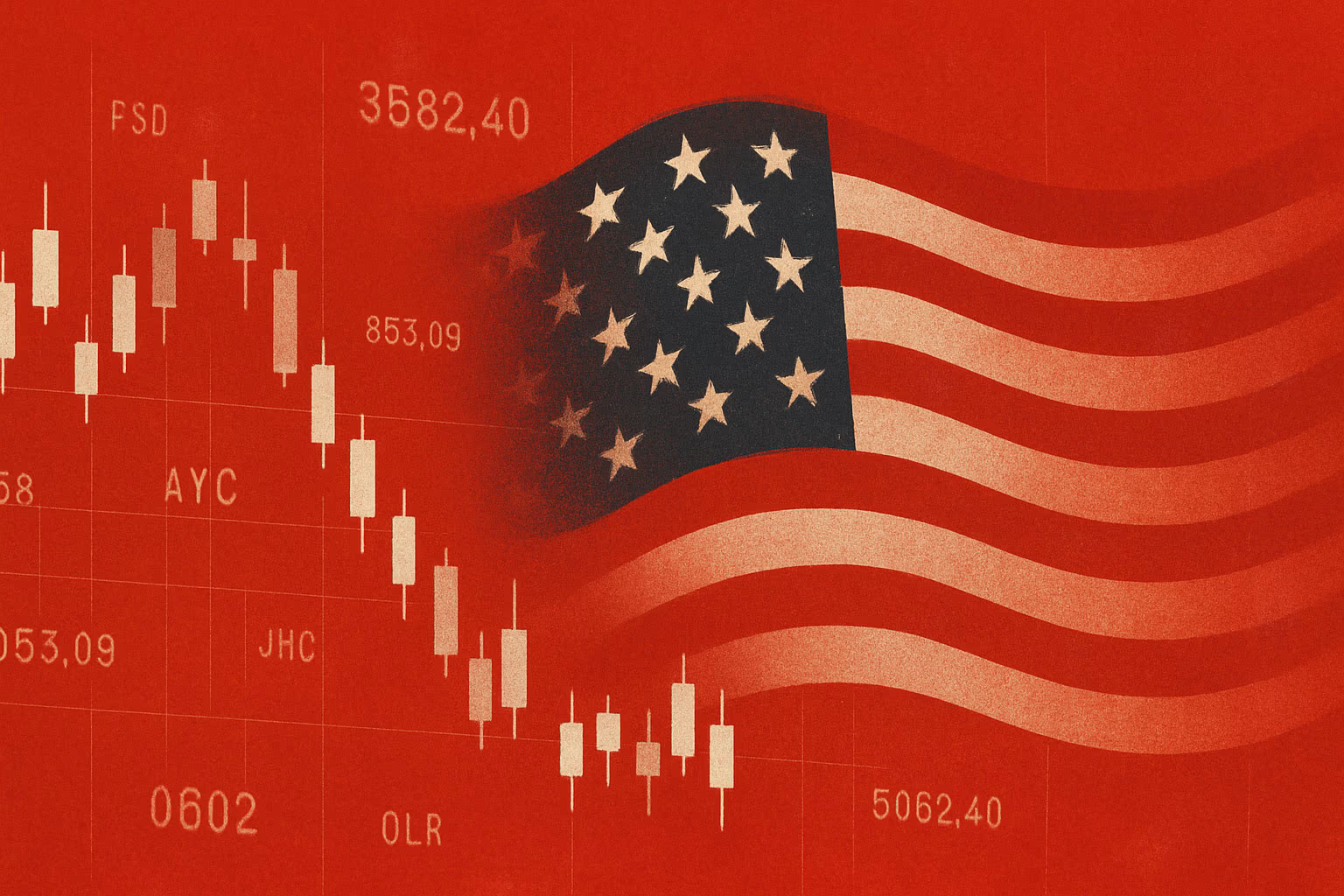The White House continues to announce sweeping tariff measures while providing minimal detail, forcing investors to scramble for clarification. Often, key specifics or exemptions emerge only days later.
Even countries directly involved in negotiations find themselves caught off guard. “Washington is shooting in the dark—sometimes even shooting its like-minded partners in the back,” said Japanese lawmaker Taro Kono in comments to The New York Times. Tokyo had assumed it secured a uniform 15% tariff on all goods, but after the EU deal was unveiled, it appeared Japan had been given less favorable terms due to a different method of calculating duties. Japanese officials say the White House intends to make adjustments, but the timeline remains unclear.
A similar situation arose last week when reports of tariffs on Swiss gold bars drove US gold prices to a record high. Only on Friday afternoon did the administration promise a new order to clarify the policy. According to Henrietta Treyz, director of economic policy research at Veda Partners, the past month alone has seen “massive confusion” in several instances that had a tangible impact on markets. Copper saw its largest single-day price drop after Donald Trump announced exemptions for key metal categories from the planned 50% tariffs. The proposed 100% tariff on foreign-made chips will not apply to companies already investing in the US or prepared to commit substantial sums—such as Apple, which has pledged a $100 billion investment.
The typical cycle plays out as follows: the White House makes a broad tariff announcement, with few details and rarely in writing; investors, businesses, and politicians try to assess the impact on their sectors; panic and capital reallocation ripple through markets; later, the administration clarifies its stance, leading to partial stabilization.
Tariff Policy of Trump

The U.S. Economy as a Source of Global Instability
American Policymaking Increasingly Resembles That of Emerging Markets

When Protectionism Backfires on the US
Why German Businesses Are Pulling Back Investment and Losing Faith in the American Market

Who Invented Trump’s Tariff Policy That Shook Global Markets?
Meet Peter Navarro

What Is the One Big Beautiful Bill Act?
And Why It Will Make Rich Americans Richer—and the Poor Even Poorer
The situation is unfolding against the backdrop of two court cases in their final stages, with rulings expected within the next one to two weeks. They could limit the president’s ability to use emergency powers to impose tariffs. If the courts side with the plaintiffs, country-specific tariffs would lose stability, while sector-based tariffs would become a greater risk. Treyz estimates that such rulings could trigger sell-offs in the markets. The series of amendments and clarifications shows that in tariff policy, the “announce and implement immediately” approach does not work—and, as Treyz notes, market participants will be “catching up” on clarity in this area for a long time to come.
